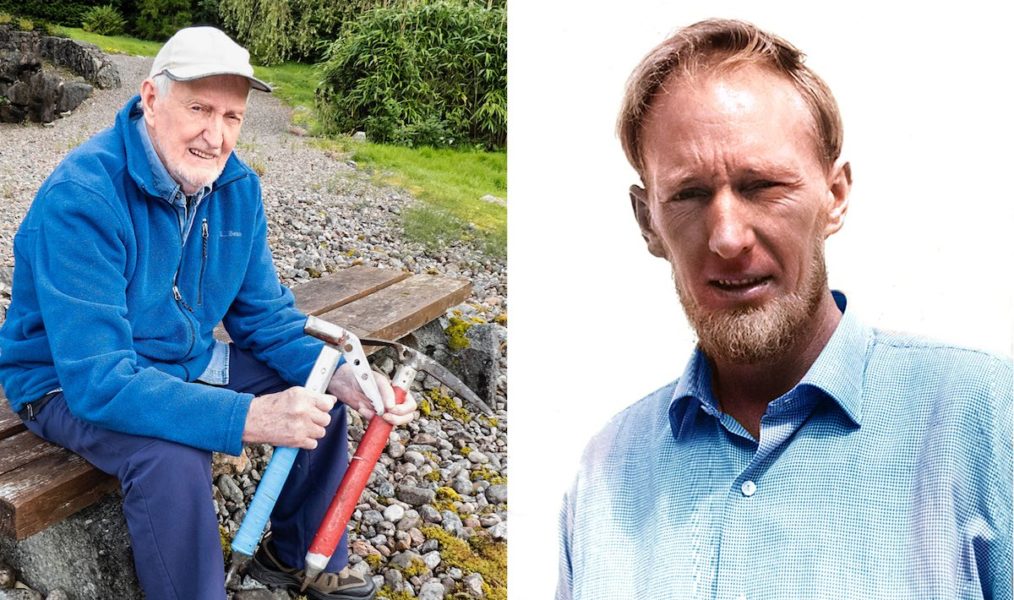Will Harris looks back on the extraordinary life of Scottish mountaineering legend, Dr Hamish MacInnes OBE BEM
The renowned climber, writer, mountain rescue specialist and engineer Dr Hamish MacInnes has passed away at the age of 90. He was affectionately known as the Fox of Glencoe for his ‘’cunning as a mountaineer’’ and for the valley on the west coast of the Scottish Highlands that was long his home. His death comes at the end of a period of ill health, documented in the 2018 film ‘Final Ascent’.
A prominent climber in the 1950s and ’60s, he made numerous first ascents in Scotland, including the still-challenging Raven’s Gully on the north face of Buachaille Etive Mor, and the first winter traverse of the Cuillin Ridge. As a mountaineer he will be remembered for his exploration of his home mountains in Glen Coe, particularly in winter, which he documented in the 1969 guidebook to winter climbing in the area. New routes were often shared with students attending the Glencoe School of Winter Mountaineering where he taught.
His climbing career took him to the Himalaya, where in 1953 he attempted to make the first ascent of Pumori having diverted his attention from Mount Everest on hearing of i’s first ascent by Tenzing Norgay and Edmund Hillary as his team were due to depart. The attraction to Everest didn’t subside and he made four trips to the mountain, and whilst not a lead climber he played a key role as Chris Bonington’s deputy leader on the 1975 expedition which successfully put Doug Scott and Dougal Haston on the summit via the difficult South West face.
Beyond his personal climbing achievements, MacInnes had a massive influence on winter climbing through the innovative equipment that he designed and produced, most noticeably the first all-metal ice axe, later refined to create the Terrordactyl, the first short, technical ice axe. Introduced in 1970, the ‘Terror’ was the first axe to feature a steeply-inclined pick which could be swung into steep ice, revolutionising ice and mixed climbing and allowing routes to be climbed in the modern style recognisable today.
His most enduring contribution to mountaineering, though, was through his work in mountain rescue. A founding member of the Glencoe Mountain Rescue Team, which he led for many years, he was also instrumental in establishing the Search and Rescue Dog Asscociation (SARDA) and the Avalanche Information Service. A pioneer of rescue techniques, his ‘International Mountain Rescue Handbook’ was one of the 20 books he authored. Putting his engineering skills to good use, he invented the MacInnes Stretcher, used in mountain rescues around the world.
He worked as a safety advisor on movie sets both at home and overseas, including on the ‘Eiger Sanction’, filmed on location in Grindelwald with a cast including Clint Eastwood. In 1979 he was awarded an OBE for services to mountaineering and mountain rescue in Scotland, and later received honorary doctorates from both Heriot-Watt and Sterling universities. In 2008 as part of the Fort William Mountain Festival he was the first recipient of the Scottish Award for Excellence in Mountain Culture.
Thanks to Graeme Hunter for the official statement and images.






